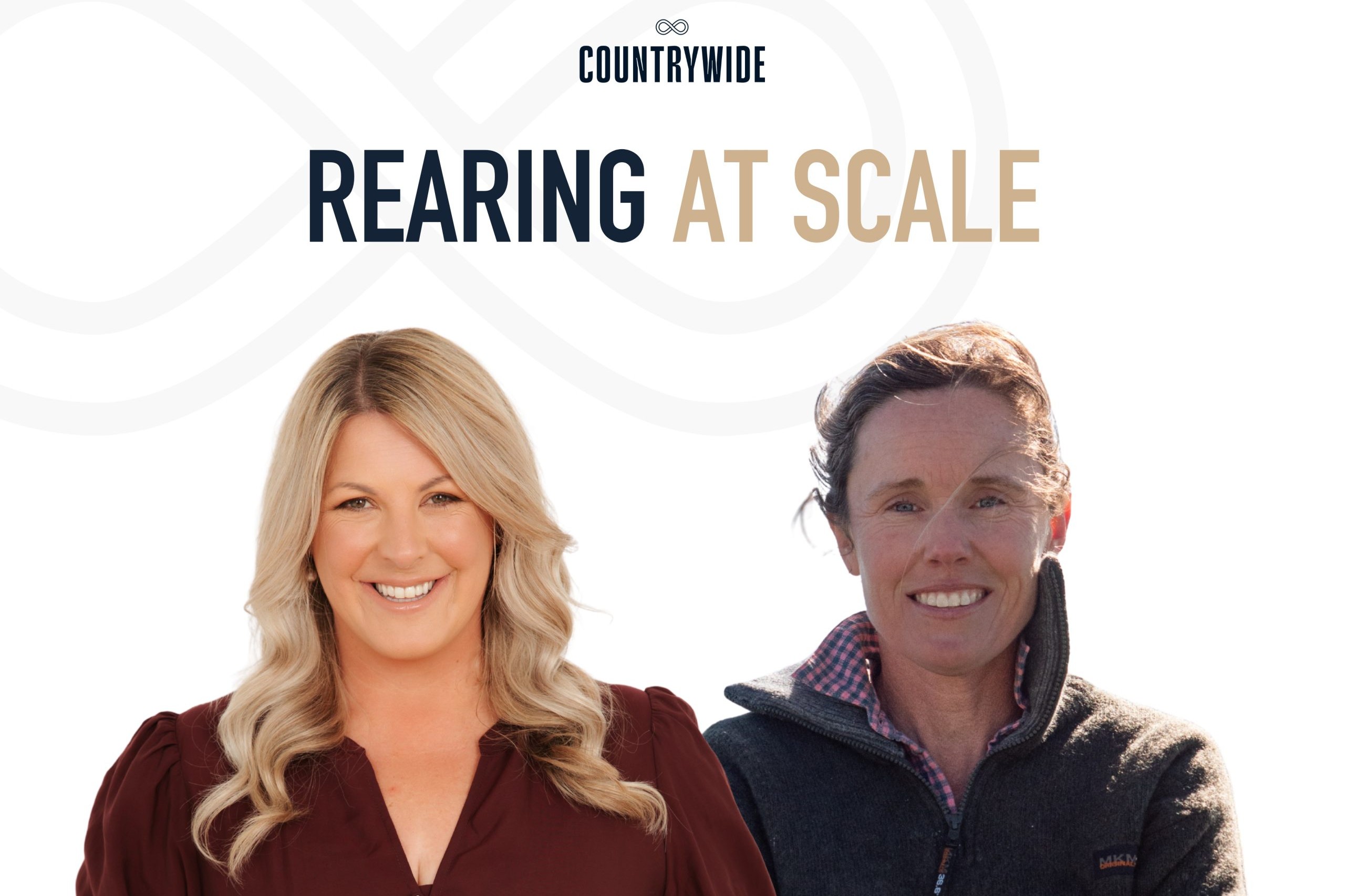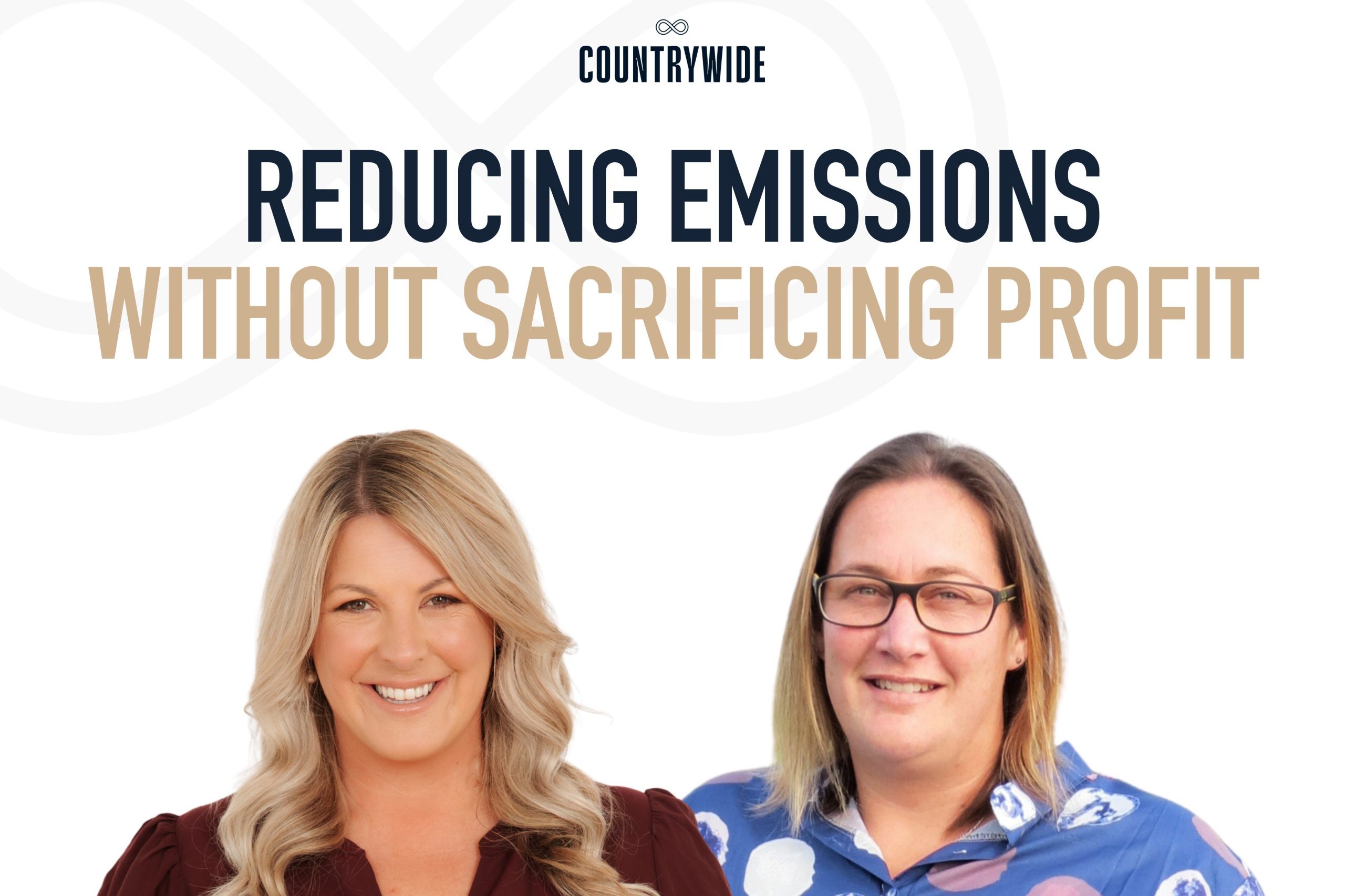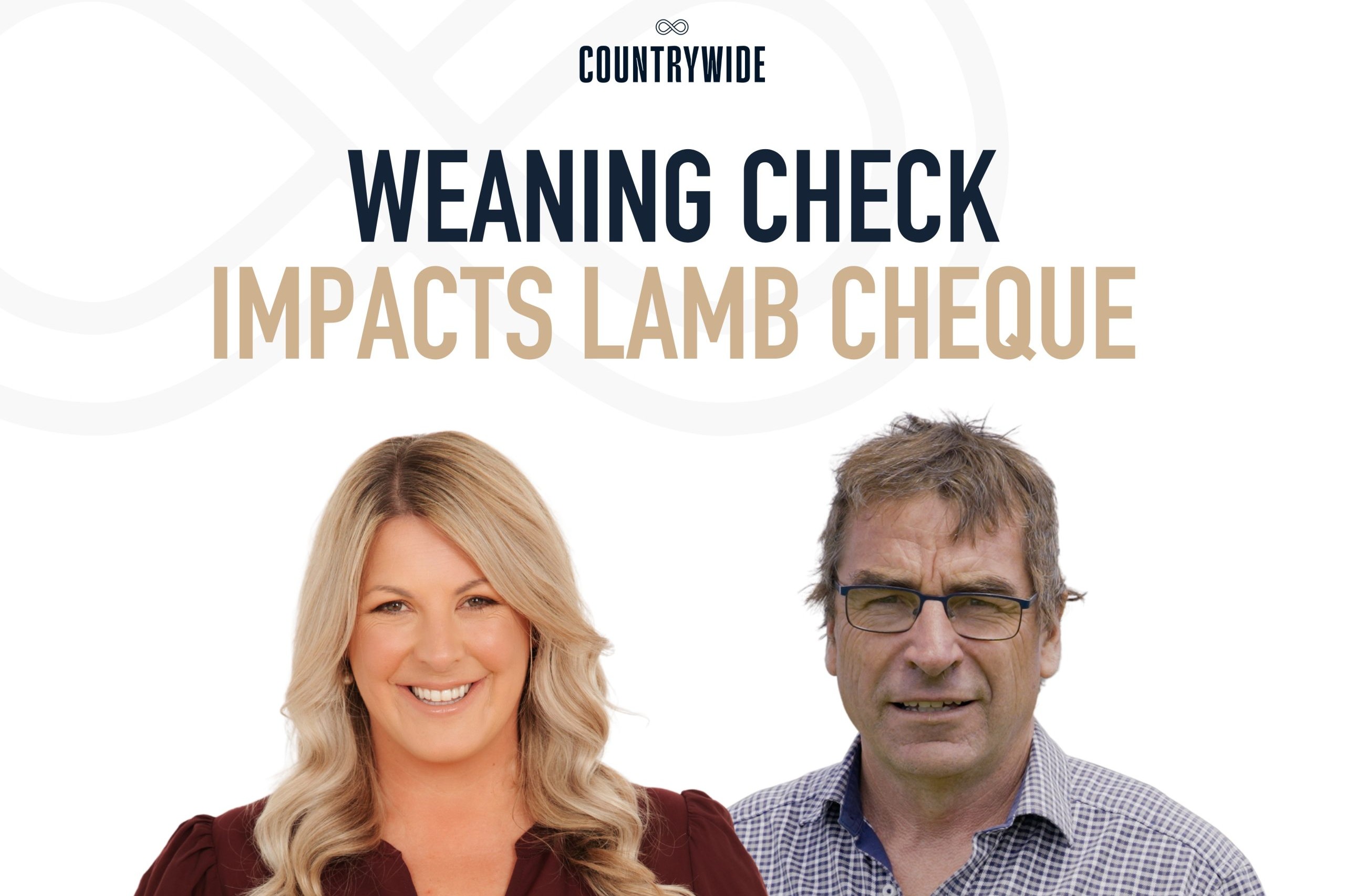Episode 71 – What is a fully connected farm?
We improved horsepower by fuelling it with diesel rather than hay. We mechanised blade-shearing and hand-milking with electricity in the woolshed and milking shed. Every advancement in farming history has resulted in a productivity gain from a new source. The next shift is fully connected farms.
In this episode, Sarah Perriam-Lampp talks with Melissa Andrews from Connected Farms and Craig Young from TUANZ about bridging rural connectivity gaps. Melissa shares practical on-farm tech solutions, while Craig unpacks the 3G shutdown, fibre limits, and why local, wireless networks are key to keeping farmers connected and future-ready across New Zealand’s rural communities.
Guests:
- Melissa Andrews, Co-Founder, Connected Farms
- Craig Young, CEO, TUANZ
Host:
- Sarah Perriam-Lampp, CEO and Editor-in-Chief, Country-Wide
Melissa Andrews, co-founder of Connected Farms, shares how a lack of connectivity while visiting family in rural South Canterbury sparked the expansion of their Australian telecommunications business into New Zealand. Originally focused on building infrastructure for emergency services, Melissa and her husband Tom saw first-hand the connectivity gaps farmers faced, and the productivity, safety and wellbeing gains better internet could unlock.
She explains how Connected Farms delivers both fixed and mobile solutions, from point-to-point Wi-Fi linking farmyards and wool sheds, to vehicle-mounted routers that dynamically switch between cellular and satellite networks like Starlink. These tools are helping farmers operate more efficiently, access real-time data, and stay connected, whether it’s live streaming grain quality from a combine, video calling a mechanic, or reading bedtime stories from the cab.
Melissa discusses the unique challenges of New Zealand’s telecommunications landscape, including patchy network coverage and limited appetite from major carriers to invest in rural areas. She highlights how Connected Farms is bridging that gap with scalable, secure infrastructure that makes a fully connected farm achievable, often at a lower cost than expected. Whether it’s enabling faster pregnancy scan results, remote monitoring, or simply improving mental health through everyday connection, Melissa believes rural connectivity is no longer a luxury, but a lifeline for modern farming.
Craig Young, CEO of the Telecommunications Users Association of New Zealand (TUANZ), joins the conversation to unpack the realities behind rural connectivity in Aotearoa. With deep industry experience, including his time at Chorus, Craig explains why headlines promising 100% coverage often mislead. While some areas may soon support basic mobile or emergency calling, full internet connectivity across rural landscapes is still a work in progress, especially when it comes to enabling connected farms.
He compares cellular strength and satellite latency to water pressure, something farmers instinctively understand, and explains how low-earth orbit satellites like Starlink and Amazon’s Project Kuiper are reducing delays and improving performance. But while these tools are transformative for home offices and basic farm connectivity, challenges remain for in-paddock devices, especially as 3G networks shut down and the copper landline network is phased out by 2030.
Craig urges farmers to future-proof their technology and check whether their devices are 4G-compatible using a simple text tool (text ‘3G’ to 550). He highlights the need to support elderly or isolated neighbours who may rely on legacy services, and emphasises that connectivity must be treated as an essential utility, on par with water or electricity, requiring collaborative investment from government, telcos and rural communities alike.
With fibre reaching its economic limits in many regions, Craig points to wireless ISPs (WISPs) and community-led broadband projects as affordable, scalable solutions. He explains how innovative co-funding models with providers like Chorus are helping rural groups bridge the “last mile” and why government policies, such as releasing unused spectrum, could unlock faster, more resilient internet in rural Aotearoa. For Craig, the answer lies not in one-size-fits-all fixes, but in a diverse toolkit of technologies, partnerships and local leadership, ensuring no rural community is left behind.
Read the article from the Country-Wide Winter issue here.




